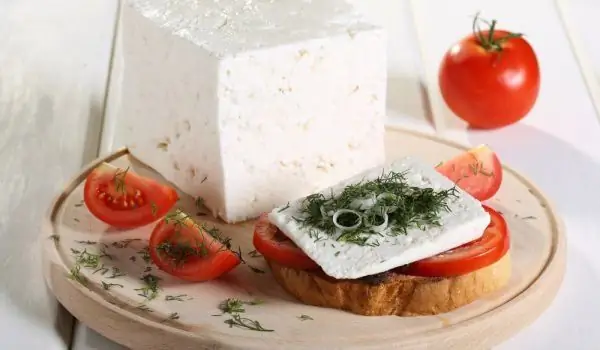2025 Author: Jasmine Walkman | [email protected]. Last modified: 2025-01-23 10:18
Every housewife is faced with the question of what household utensils to decorate her kitchen with. To decide what utensils to use, we must first find out which are the most harmless to us and our family. Therefore, it is good to get acquainted with the main types and materials of dishes on the market used for a particular heat treatment. Each of them has both its advantages and its disadvantages.
Aluminum containers
Aluminum pots, pans and trays - these are the most common dishes mainly due to their low cost and fast heating time. If you decide to bet on them, keep in mind that every time you cook in such a dish, it brings a particle of aluminum into your food. Aluminum is not well absorbed by the body and accumulates, which can lead to serious health consequences. If you still have to cook in such dishes, it is best to transfer the food to a porcelain or glass dish after cooking in them. Not recommended for acidic or salty products. In addition, aluminum is easily deformed.
Clay dishes

Earthenware is among the best, as long as it is well glazed. Otherwise, you risk filling your food with chemicals. However, they only cook, but do not store food, as they emit minimal amounts of lead. They do not tolerate sharp temperature amplitudes and they are baked at a temperature with gradual heating.
Glassware
Glassware, which requires gradual heating, is similar to clay. The refractory ones are the best. The disadvantage of them is that in the absence of fat they stick, but, on the other hand, these are among the few vessels that do not emit harmful substances to the body.

Copper vessels
Another option is copper vessels, which, however, must be tinned in order to be used. However, at high temperatures, tin begins to melt directly into food. They heat up quickly, are easily deformed, but are suitable for stewing and cooking.

Steel vessels
Steel vessels have thicker bottoms and walls, as they most often contain added copper or aluminum. Thus, they have a double bottom, which does not allow the dish to burn, and the dish retains heat for a long time.
Cast iron vessels
One of the eternal vessels is the cast iron ones. They emit even heat and prepare food evenly. The downside is that they are heavy and difficult to clean.

Enameled vessels
The enameled vessels are made of steel, iron or cast iron, covered with enamel on top. It does not allow the base metal to come into contact with food and be excreted in the body. However, sharp temperature differences crack this coating.
Teflon containers

Among the most preferred dishes today are those with non-stick Teflon or ceramic coating. Teflon bends easily, so it's a good idea to choose thicker containers. They are not suitable for very high temperatures. When they wear out, it is best to throw them away, because Teflon releases a lot of toxic substances, which become more and more with its use. Harmful particles from the heating of Teflon cookware are deposited in the lungs and this is only a small part of the potential damage to these household cookware.
Recommended:
Planting And Growing Hot Peppers In Pots

Fresh vegetables in winter are no longer uncommon. Many of these can be found in stores, but most are full of harmful nitrates. One of the most useful solutions is growing home-grown produce. Hot peppers are among the main crops that we can grow at home during the winter months.
Types Of Cake Trays

Although the cakes are mostly associated with more formal occasions such as birthdays and name days, weddings, baptisms, etc., they can also be prepared on weekdays, as long as we have a little enthusiasm and experience. It is a well-known fact that there is nothing better than a homemade cake, for which we really know what it contains and we can minimize the artificial ingredients or not use them at all.
We Eat Less And Less Native Cheese And More And More Gouda And Cheddar

The sale of white brined cheese in Bulgaria is much lower compared to the consumption in 2006, shows an analysis of the Institute of Agrarian Economics, quoted by the newspaper Trud. Consumption of yellow cheese in our country has also fallen.
The Best Pots And Pans

Properly selected pots and pans greatly speed up the preparation of food. The choice of dishes is subjective, as everyone has different preferences. It is good to buy the best pots and pans that the family budget can afford. Before buying pots and pans, think about what sizes you really need.
Pros And Cons Of Marble Pans

The marble pan has nothing to do with pure marble. It's just a marketing ploy and a beautiful name, very attractive for its unstable base. In fact, it is conventional teflon pan , only with impregnations of stone particles, which make the coating more durable and less prone to scratches.

